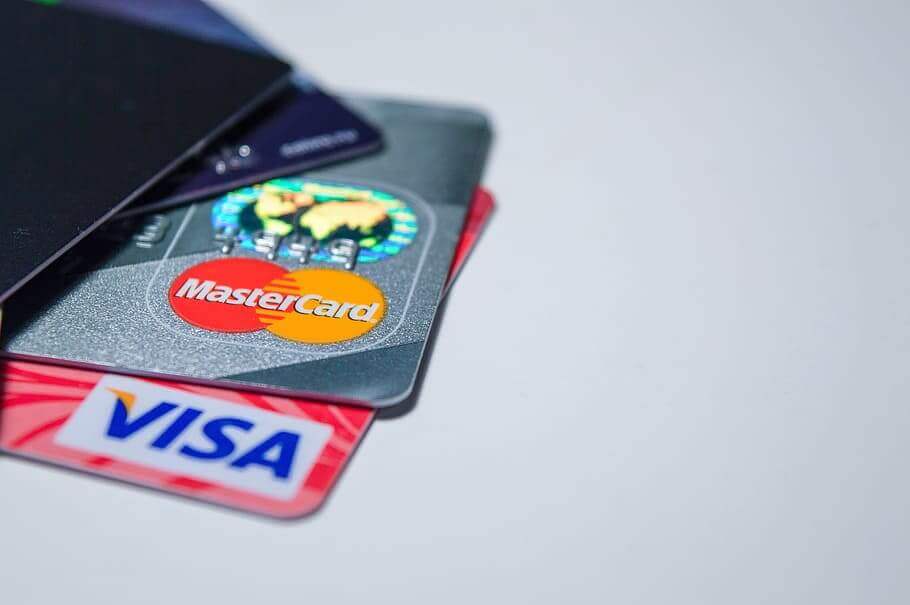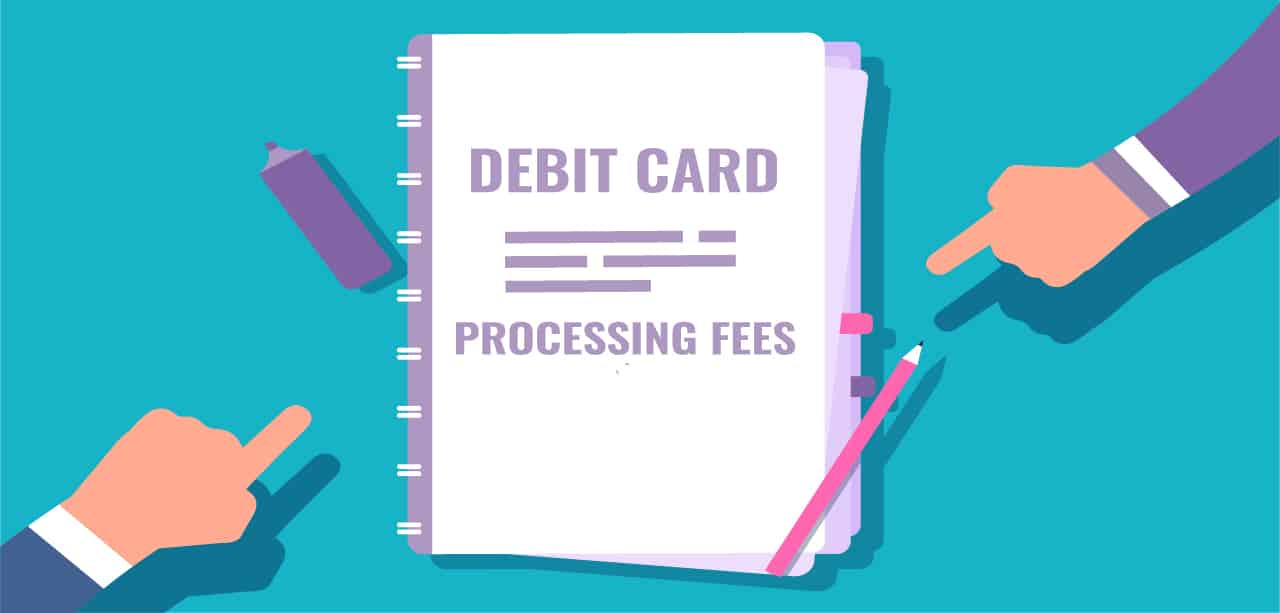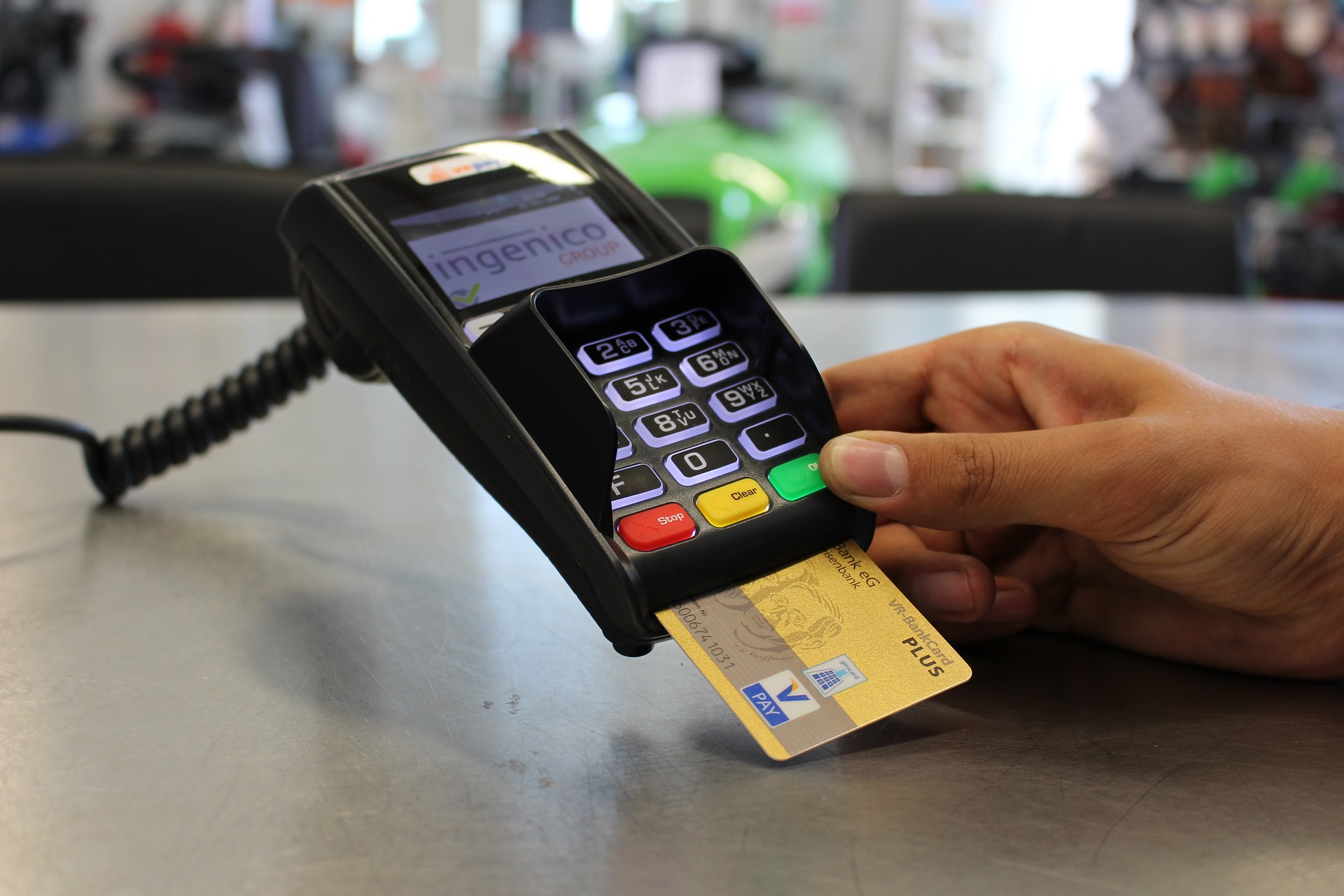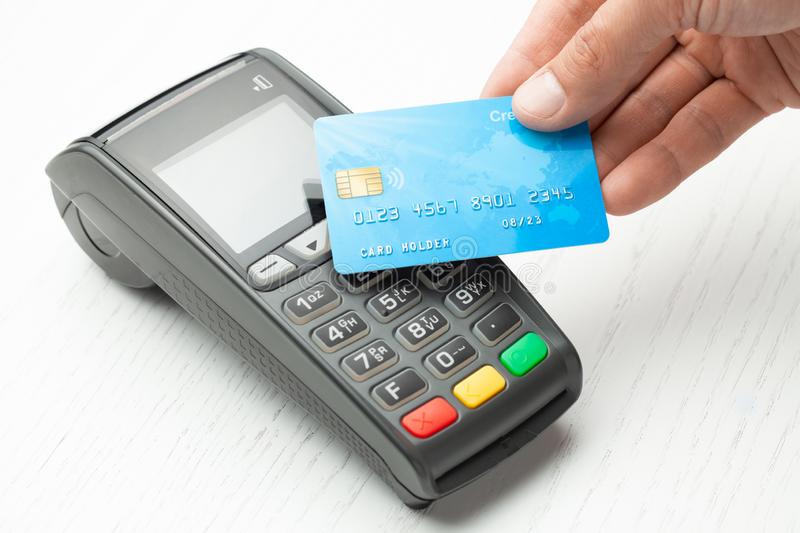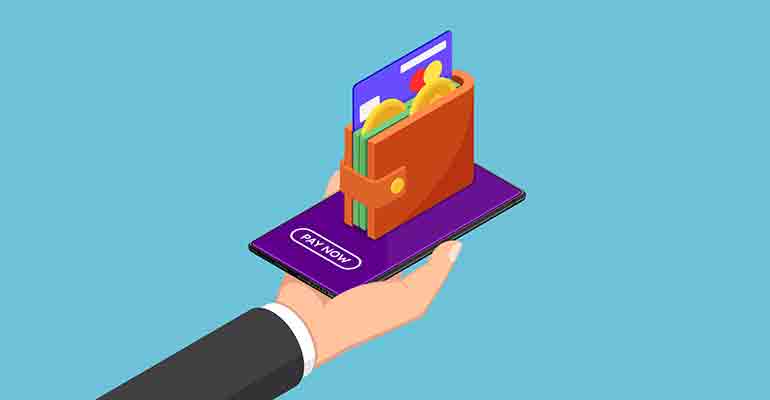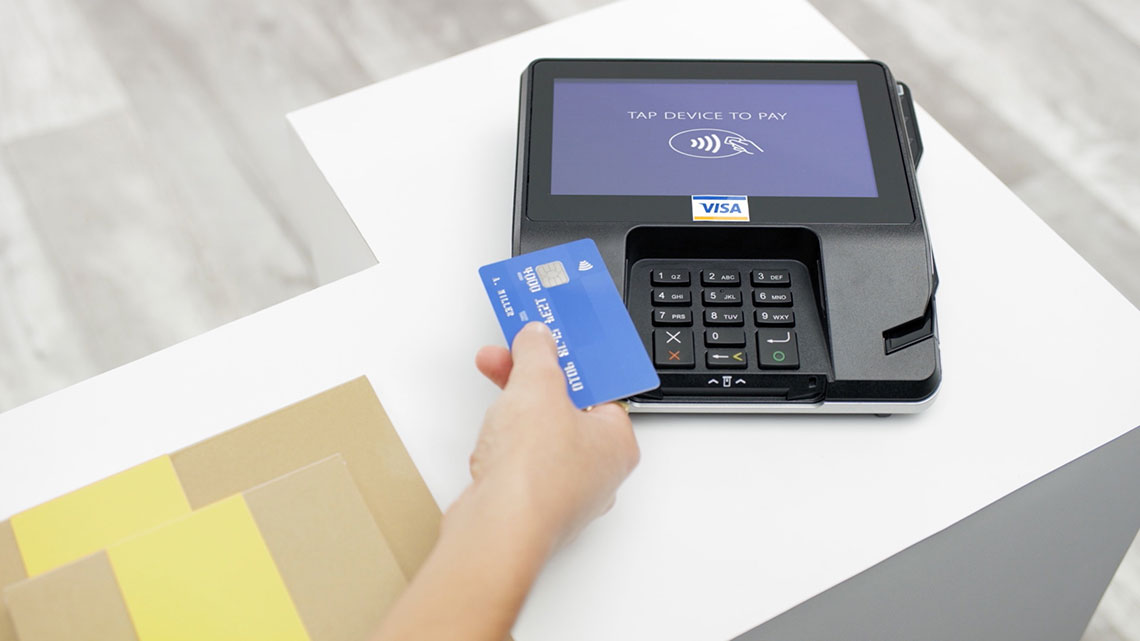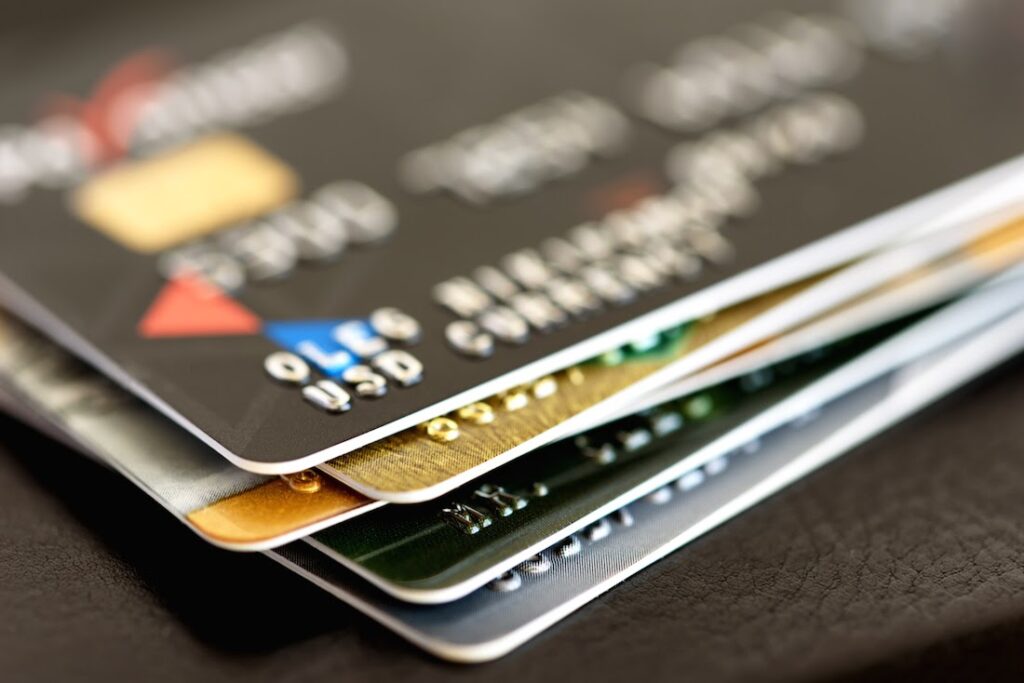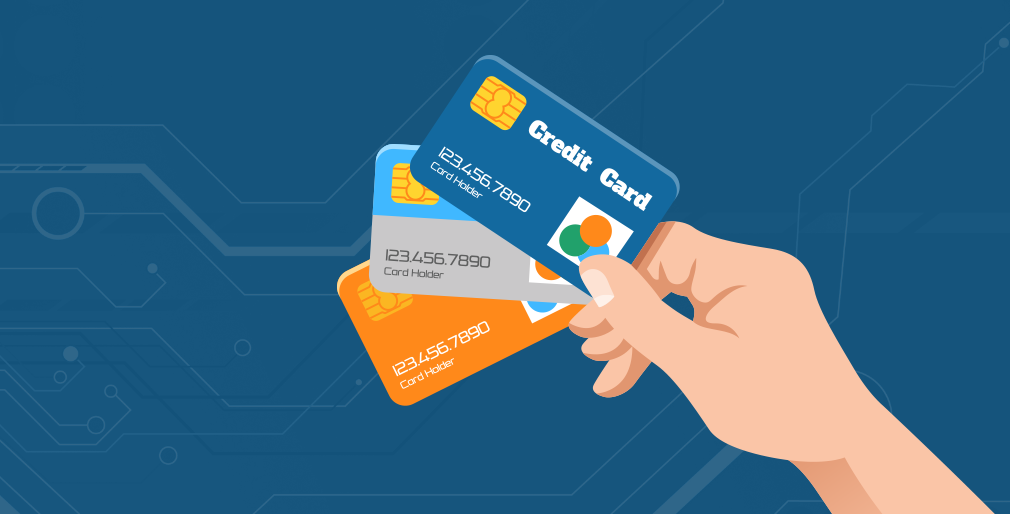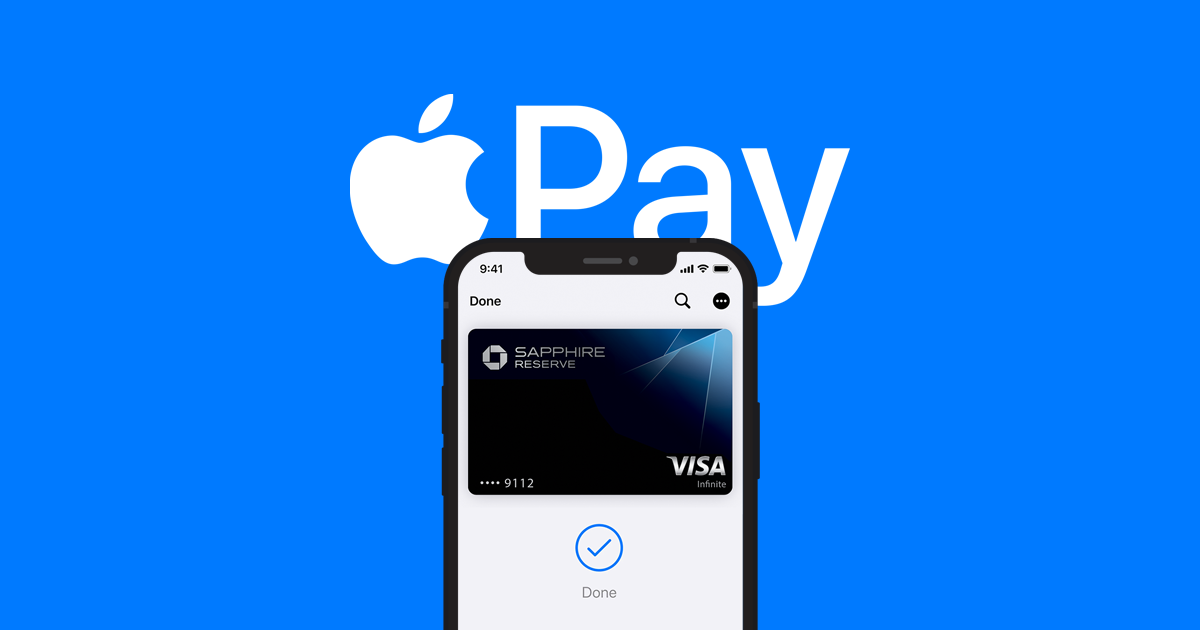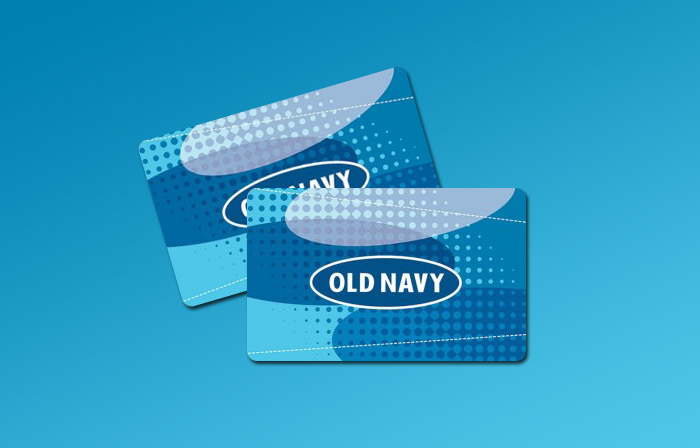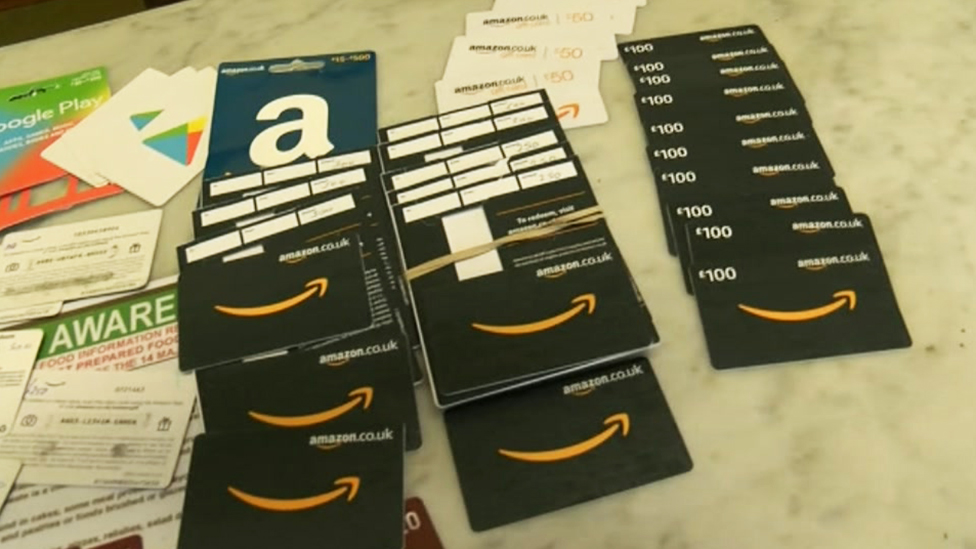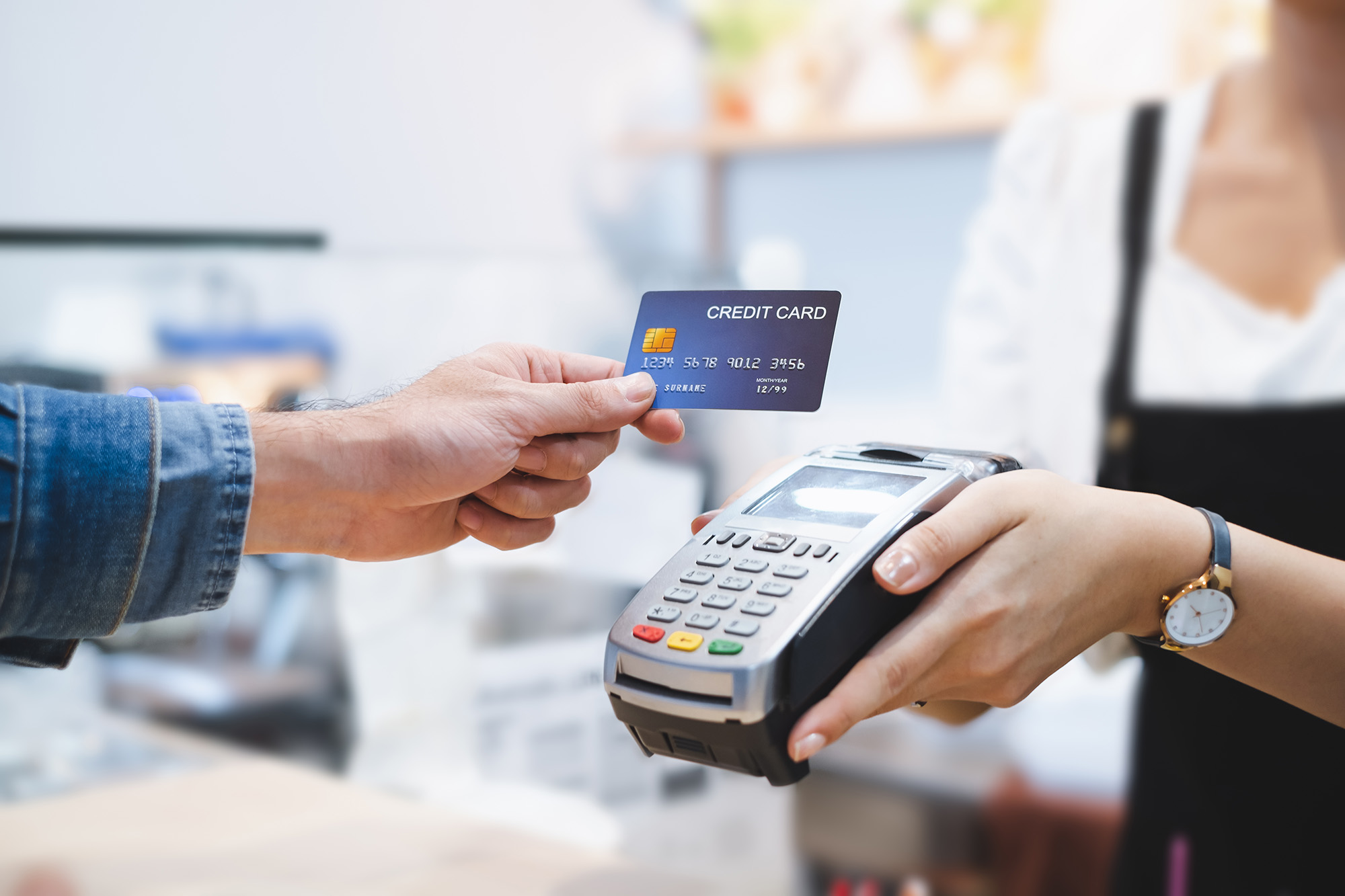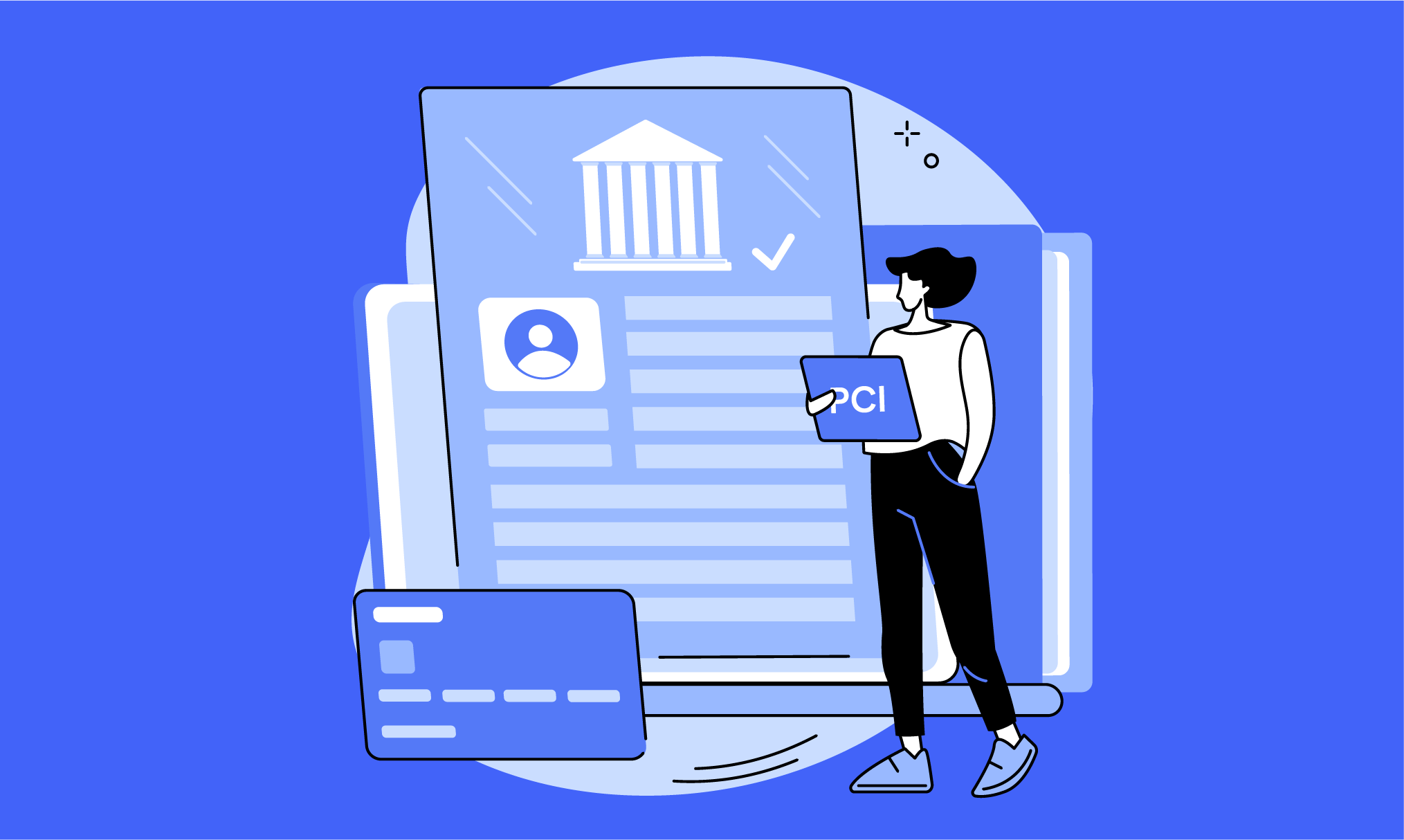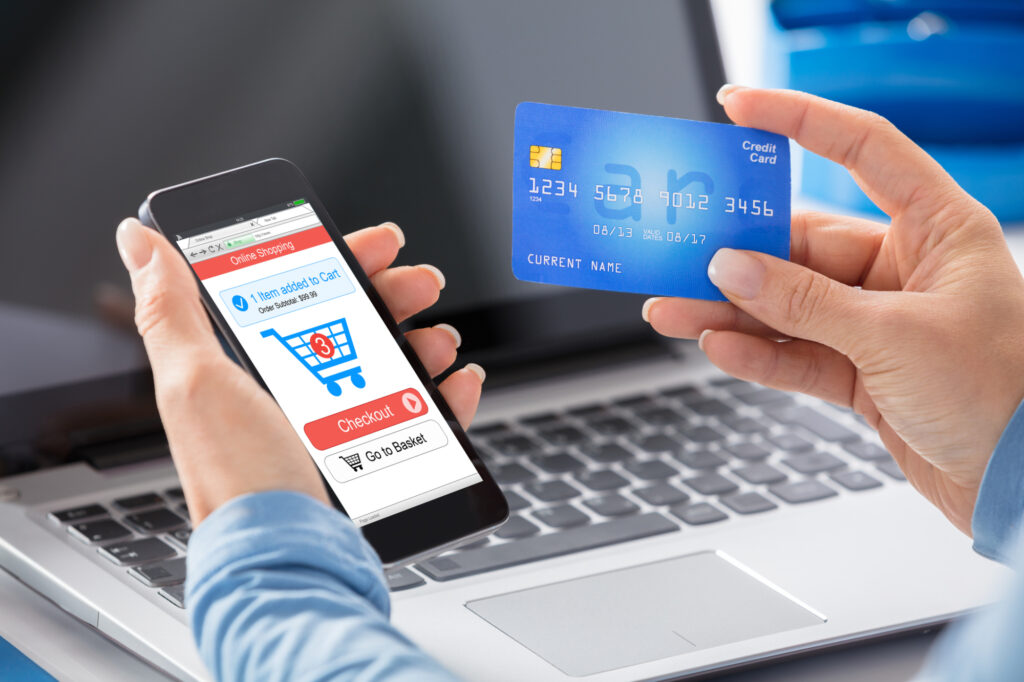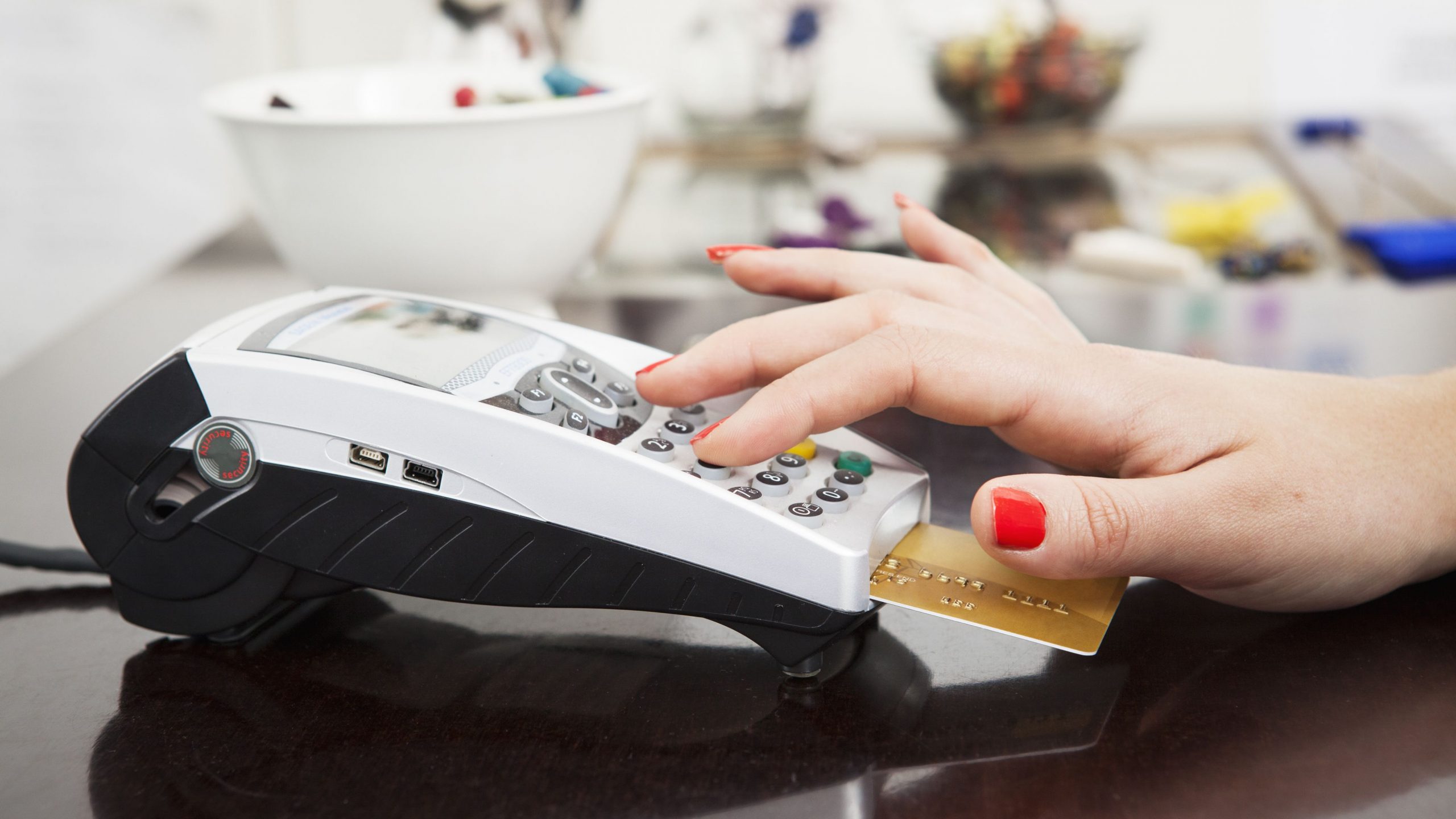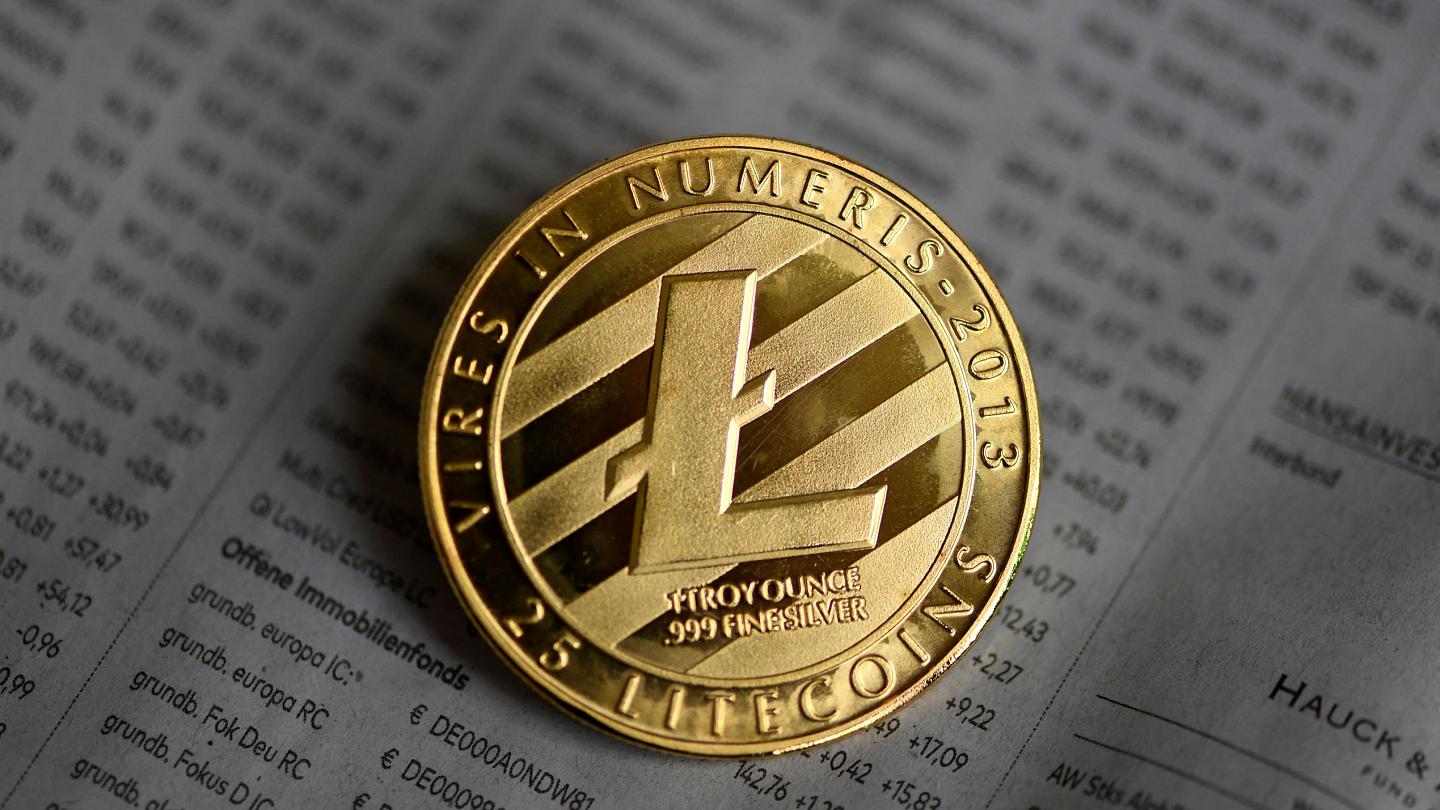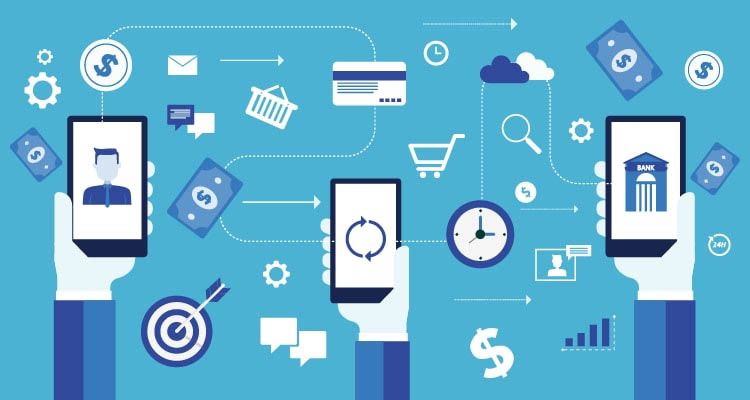The Network Access and Brand Usage Fee (NABU) is a system that has been introduced by the network providers in order to tackle overuse of mobile internet services. The NABU should not be confused with other related fees like Value Added Service (VAS) or Operator Charges. This fee will be...
What Is QuickBooks Workforce?
QuickBooks Workforce is a cloud-based time and attendance system created by Intuit to work seamlessly with QuickBooks Online. It's been offered for years, but this latest edition has some great new options. In addition to the usual time clock for punching in and out, there are now ways to automate...
The Comprehensive Guide to Debit Card Processing Fees
Debit card processing fees are a critical component of any credit card processing company's pricing structure. Debit cards make up an increasingly greater percentage of total transactions, and many payment processing companies have responded to this trend by offering debit card processing as a separate service or changing their pricing...
What Is A Credit Card Surcharge?
A Credit Card Surcharge is a fee that you will be required to pay businesses over and above the stated price of goods and services if you choose to use your Credit Card. The Credit Card industry has become increasingly competitive with Credit Card providers vying for market share by...
How to Get the Cheapest Credit Card Processing Rates for Your Business?
If you are a business owner, then the means by which your clients pay for their purchases is important to you. Cheaper credit card processing rates can improve your profit margin and make your business financially viable. However, if you don't know how to go about getting the cheapest credit...
What Is a E-Wallets and How Does It Work?
An e-wallet is a digital wallet used to store electronic money. It doesn't only provide the same function like conventional wallets, an e-wallet also has more functions like peer to peer fund transfers (Bitcoin for example). The rapid development of internet technologies have also created new payment tools with features...
Helpful Tips for Selling Merchant Services
Your ability to sell is important. That's especially true if you're selling merchant services, which require the buyer to trust that they are getting the best deal possible for their business. A buyer of any product or service needs to feel like they are finding value in what they buy....
What is Tap and Pay (NFC)?
Tap and Pay (NFC) is an Android feature that allows users to wirelessly send payment information directly from their smartphone to a payment terminal. This technology essentially turns your phone into a wallet, allowing you to pay for food, drinks, tickets, etc. without having to carry plastic cards around. Since...
What is Cash Discount payment processing?
Cash discount payment processing is a popular credit card payment option that gives the merchant selling to consumers an immediate 1-2% cash rebate or deduction on each transaction. The amount of money given back to the merchant is equal to the percentage of cash discount rate assigned and negotiated by...
What is a Surcharge Program? Surcharge Explanation and Benefits
A surcharge program is a discount that allows a customer to purchase goods or services by charging the purchase to their credit card and then having the business pay a fee outside of the transaction fee charged by the credit card company. In other words, this type of program is...
Credit Card Processing Fees and Rates Explained
Credit card processing fees and credit card processing rates can be difficult to understand. However, if you accept plastic for payment (which is the only option these days), you should make an effort to do so because it's part of your job and you need to protect yourself. The fees...
What Is a MTOT Disc?
A MTOT disc is a medical device used to treat spinal cord compression. It is made up of two metal discs that are fitted between the vertebrae in the spine. The discs work by compressing the spinal cord and preventing it from being squashed. This helps to reduce or prevent...
What is a POS System?
From the time of the barter system, people have been exchanging goods and services for currency. However, as commerce evolved, trading in coins or currency notes proved to be inconvenient. Merchants needed a more efficient system that could allow them to track inventory quickly and accurately. This is when Point...
What is Apple Pay and How Does it Work?
Apple Pay is a new mobile payment system that allows users with the iPhone 6, Apple Watch or later running iOS 8.1 or higher to pay for items at participating retailers via its NFC (Near Field Communications) chip with just a touch of their phone in stores. The user brings...
Everything About the Old Navy Credit Card
The Old Navy Credit Card is a store credit card that can be used at any of the Gap Inc. brands, including Old Navy, Banana Republic, and Athleta. The card has no annual fee and offers special rewards and discounts to cardholders. The Old Navy Credit Card comes with a...
How to Avoid eGift Card Fraud?
There are a few ways to avoid becoming a victim of eGift card fraud. First, only buy eGift cards from reputable retailers. Second, make sure you have a strong password and security questions for your account. Third, do not share your account information with anyone. Finally, keep an eye on...
How Credit Card Processing Works?
The use of credit cards has become a ubiquitous part of modern life. You can use your card to purchase items online, in person, or by phone. Credit card processing allows you to buy what you need now and pay for it over time. When you make a purchase with...
What is PCI Compliance?
PCI compliance is a set of requirements set forth by the Payment Card Industry Security Standards Council to ensure that eCommerce merchants and service providers protect customer data during credit card processing. The PCI Data Security Standard (DSS) governs all processes involved in transmitting, receiving, storing or using credit card...
Card Present vs Card Not Present Transactions
The security of a credit or debit card transaction depends on the type of payment. Card present transactions are more secure than card not present transactions. In a card present transaction, the card is physically present and the cardholder verifies the amount to be charged. The merchant swipes the card...
How to find stores that accept Apple Pay, Google Pay?
There are a few ways to find stores that accept Apple Pay and Google Pay. One way is to open the Apple or Google Pay app and look for icons of compatible retailers. Another way is to visit the websites of participating merchants and search for a “payment” or “wallet”...
What is Credit Card Tokenization?
Tokenization is a method of protecting payment card data by replacing the cardholder’s account number with a surrogate value, called a token. Tokens can be used to authorize payments without exposing the underlying account number. Why do merchants need to tokenize credit card data? Merchants need to tokenize credit card...
What is Facebook Pay, where is it available, and how does it work?
Facebook announced its payment system, called Facebook Pay , on Wednesday, which will allow users to purchase items within the apps of participating partnering businesses. The system is currently available in only eight countries: the Philippines, Thailand, India, Indonesia, Vietnam, Singapore, Malaysia and Australia. The new Facebook pay system comes...
What Is a Merchant Account?
A merchant account is an agreement between a business and a financial institution to extend credit. The business receives the money it is owed for goods or services immediately (minus any fees), but agrees to settle accounts with the merchant service provider instead of the customer. Some businesses, like restaurants...
Everything about Litecoin
Litecoin is a cryptocurrency. That means, it's an anonymous transfer of value, secured by cryptography. It was introduced as open source software in 2011 by former Google employee Charlie Lee to enable trading between people without using banks or similar institutions which charge fees. Litecoins are generated through mining, just...
What Is a Third-Party Payment Processor?
Payment processors are the companies who allow online merchants to accept credit card transactions. They accept your monthly fees, charge you a per-transaction fee, and pay you the proceeds on your sales. If you're starting an ecommerce business or accepting payments on your site for services or subscriptions, then you...
5 Things to Consider Before Starting a Boot Camp Business
A boot camp is a type of special group training program meant for both men and women to improve their fitness levels. It involves a combination of aerobic exercises, strength activities, and other elements which can help experience the desired outputs. Gyms willing to set up the boot camp fitness...
LENDER ARE DEALING WITH EMERGING PPP LOAN FRAUD
Sometimes last month, a bank in Rhode Island bank was given an application for the sum of $144,050 loan under the Paycheck Protection Program (PPP). PPP happens to be an enormous federal effort that is designated to assist many small businesses that are severely affected by the Coronavirus pandemic. PPP...
